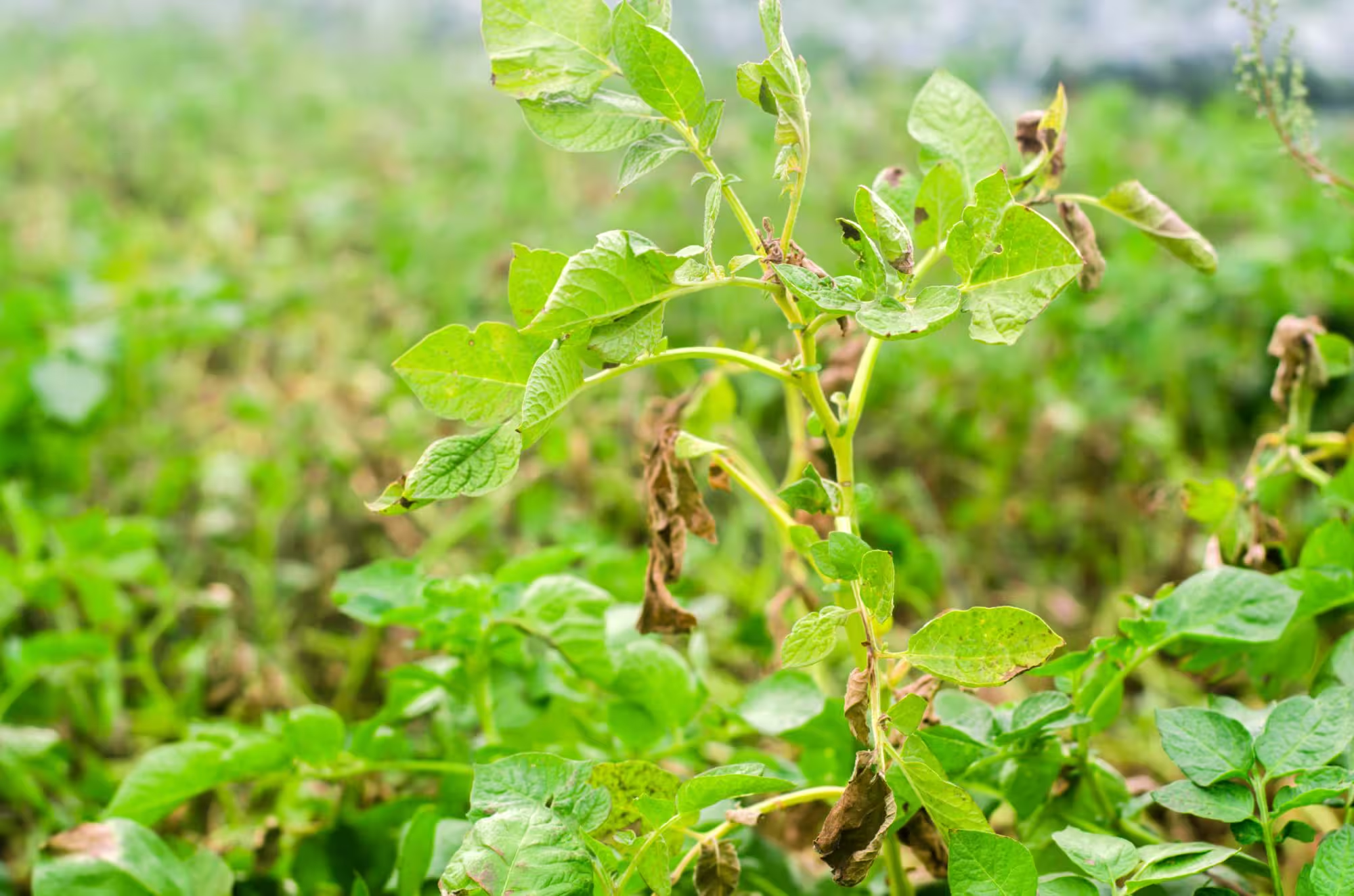Visualising long-range atmospheric transport of crop pests and diseases

Migratory insect pests and crop diseases pose a significant threat as they can disperse over long distances, crossing international borders and devastating entire harvests. This not only threatens food supply and livelihoods but also impacts wild-plant biodiversity in adjacent regions. Climate and extreme weather events further influence pest dynamics, making it crucial to consider these factors when predicting dispersal pathways, especially in climate-vulnerable regions where resources to tackle pest outbreaks are often limited.
To address these challenges, simulation models and visualization tools are essential for estimating pest dispersal, range, and intensity. These tools provide warnings of potential outbreaks, enabling plant health agencies to implement contingency plans to protect crops. Forecasting potential risks of pest invasions at regional and continental scales requires vast amounts of data for interpretation and visualization. Efficient tools are needed to process these data quickly, so pest and disease warnings can be rapidly communicated to regional plant health authorities, government agencies, and extension services in at-risk countries.
Innovations by the Epidemiology and Modelling Group and their partners have incorporated global pest surveillance data from CIMMYT and FAO, along with high-resolution meteorological data from the UK Met Office. These were entered into an adapted atmospheric transport simulation model, the Numerical Atmospheric-Dispersion Modelling Environment, which uses meteorological data to simulate processes. Open-source interactive and non-interactive meteorological data visualization tools were tested using case studies on wheat rusts and migratory desert locusts to explore how pest transportation can be impacted by meteorological events.
